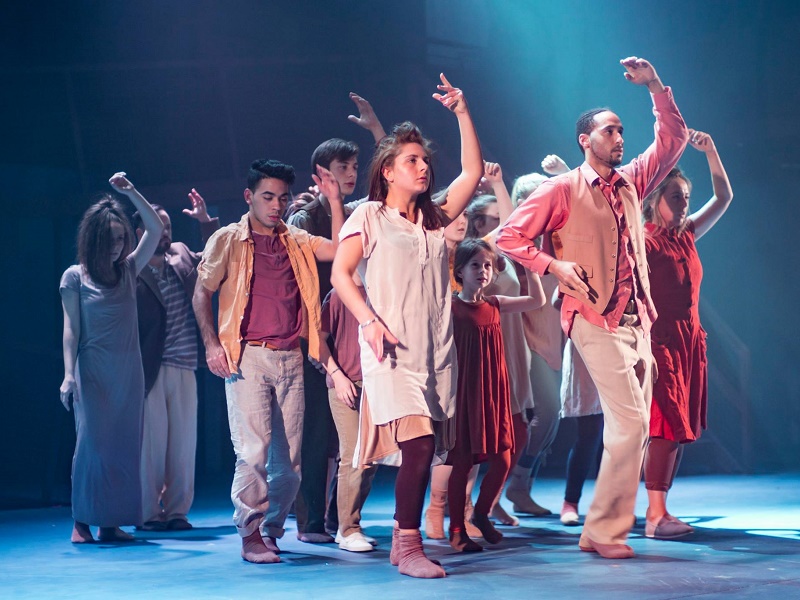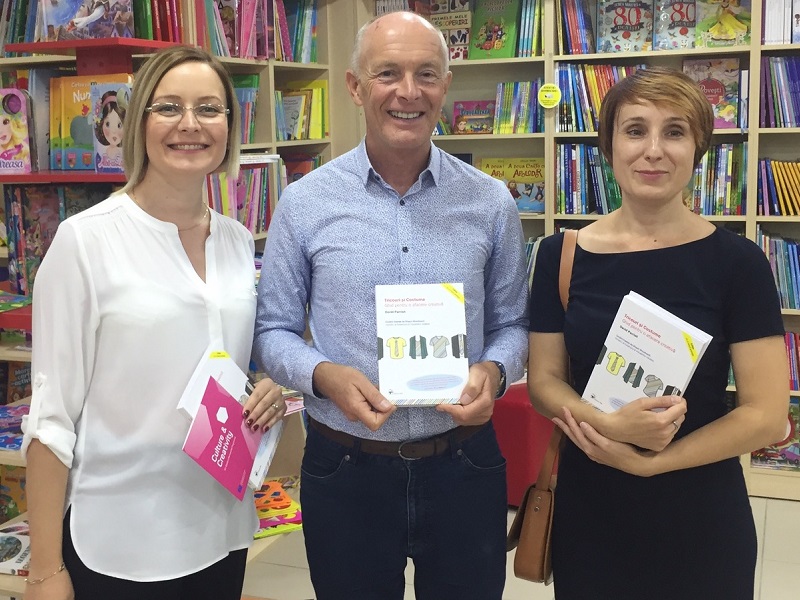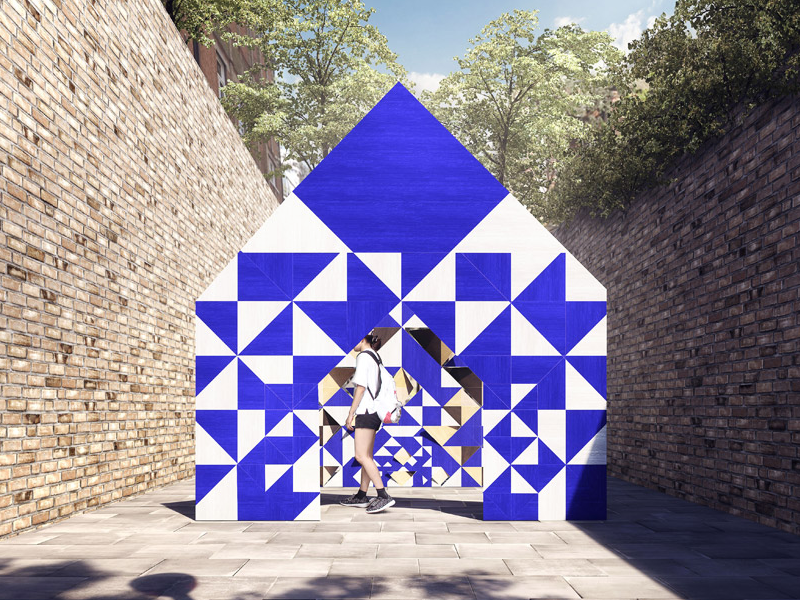
Slowly but confidently: how to develop a local creative business
Ostap and Danylo Onyshko helped mom create glassware from their childhood. When boys drew up, they launched Leosklo Stained Glass Workshop in Lviv. Men realized that there are many analogues on the market, so they thought how to become unique. Brothers started making terrariums, which were popular in that time - and the idea worked.
The further development of their business was influenced by the participation in the Creative Enterprise Ukraine program. In brother’s opinion, this was important knowledge at the right moment. Learned information and communication with other entrepreneurs allowed to structure their activities and get inspiration from like-minded people.

Danylo Onyshko and Ostap Onyshko
Their key achievements in 2017 are:
- sales doubled;
- team increased;
- officially registered business activities;
- integrated tools that simplify the work;
- more attention was paid to sales, not just production;
- implemented a permanent advertisement;
- optimized unprofitable workshop processes.
Now Lviv masters are dreaming about large-scale development: to expand their range of products, open their own store and market their work in Europe.
In both Ukraine and in other countries where the creative economy is just developing, the creative business environment is still in its infancy.
Therefore, Nesta and the British Council are implementing the Creative Enterprise (CEP) program, a three-day workshop for creative and social entrepreneurs to develop their business ideas in countries where the creative economy is still developing and the support of creative entrepreneurs may be limited. Therefore, the program focused on the integration of local knowledge and experience.
Communicating with creative entrepreneurs who used to be in the same situation helps to better understand what to do. For example, Daniel Onyshko was invited back as a speaker 18 months later to share his experience and history of his glass business.
In this way, participants can strengthen local creative ecosystems. The local creative ecosystem is a community of creative and enterprising people. Together they test their ideas and help each other.
This is a place where interlinked creative resources (human) come together with venues, workspaces and platforms either physical or digital. Human resources include policy makers, creators, professionals, entrepreneurs, intermediaries. Interdependency is the glue that binds successful ecosystems
A strong ecosystem creates close and dynamic interaction between parts of creative industries and the wider economy. This helps entrepreneurs to create jobs and grow. So, the country's economy builds with their help.
How we can maintain a local creative ecosystem:
- Fostering creative entrepreneurship should be a priority. For example, the measures could include tax reductions, networking, cultural and business exchanges. This will provide access to ideas and spaces that are usually not available to local people, but can give a new breath to entrepreneurs.
- Hosting conferences or high-profile events for a local, regional and national audience can also have a positive effect. Hackatons and trainings are good practice.
- Any city taking a serious approach to mainstreaming creativity also needs to develop innovative and creative local education systems. These cities are incubating the talented local people of the future. Universities, technical schools have a key role to play in nurturing talent.
How to maintain creative ecosystems, read more in our guide.




